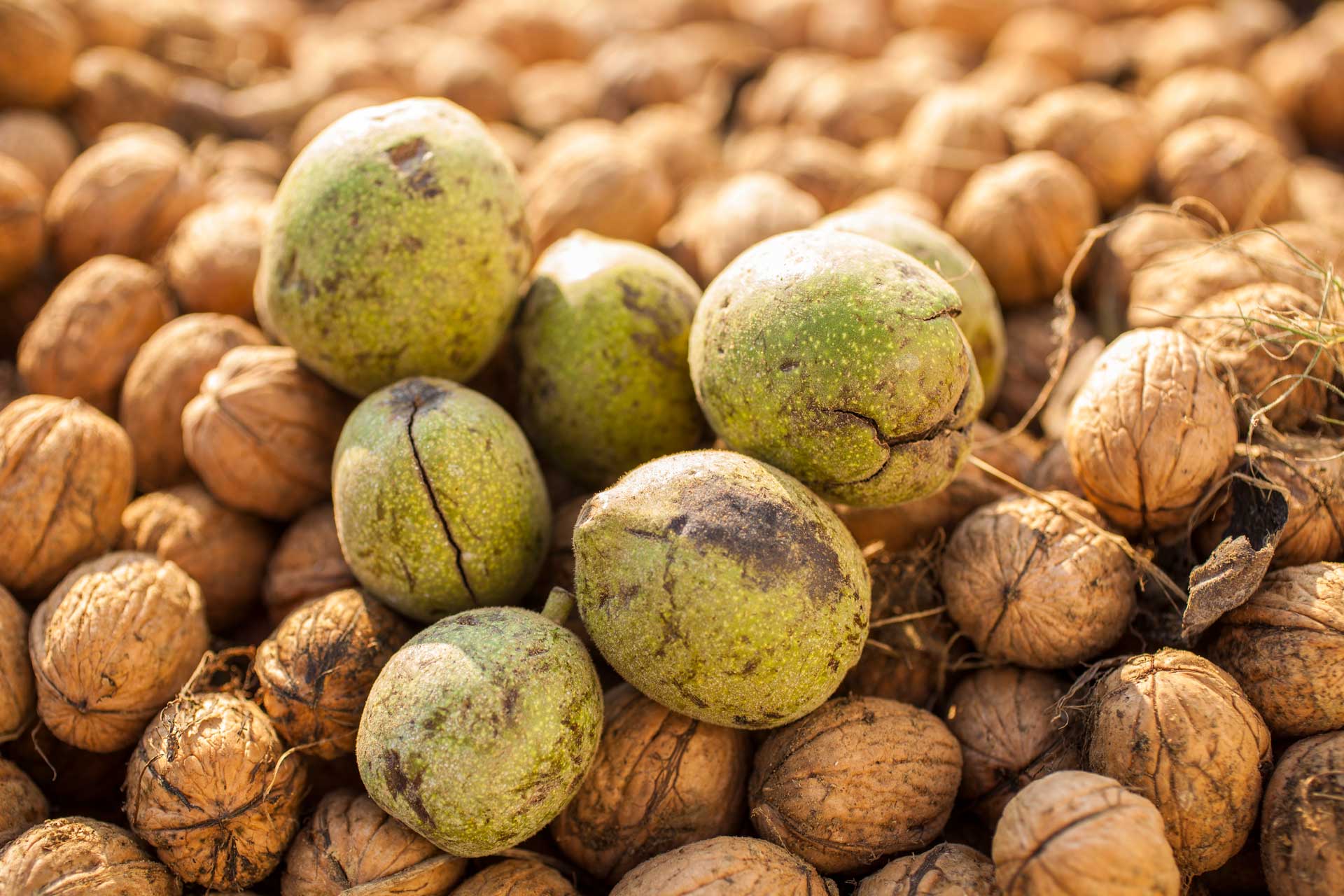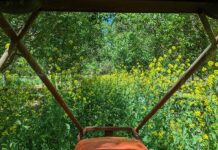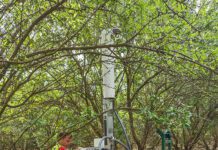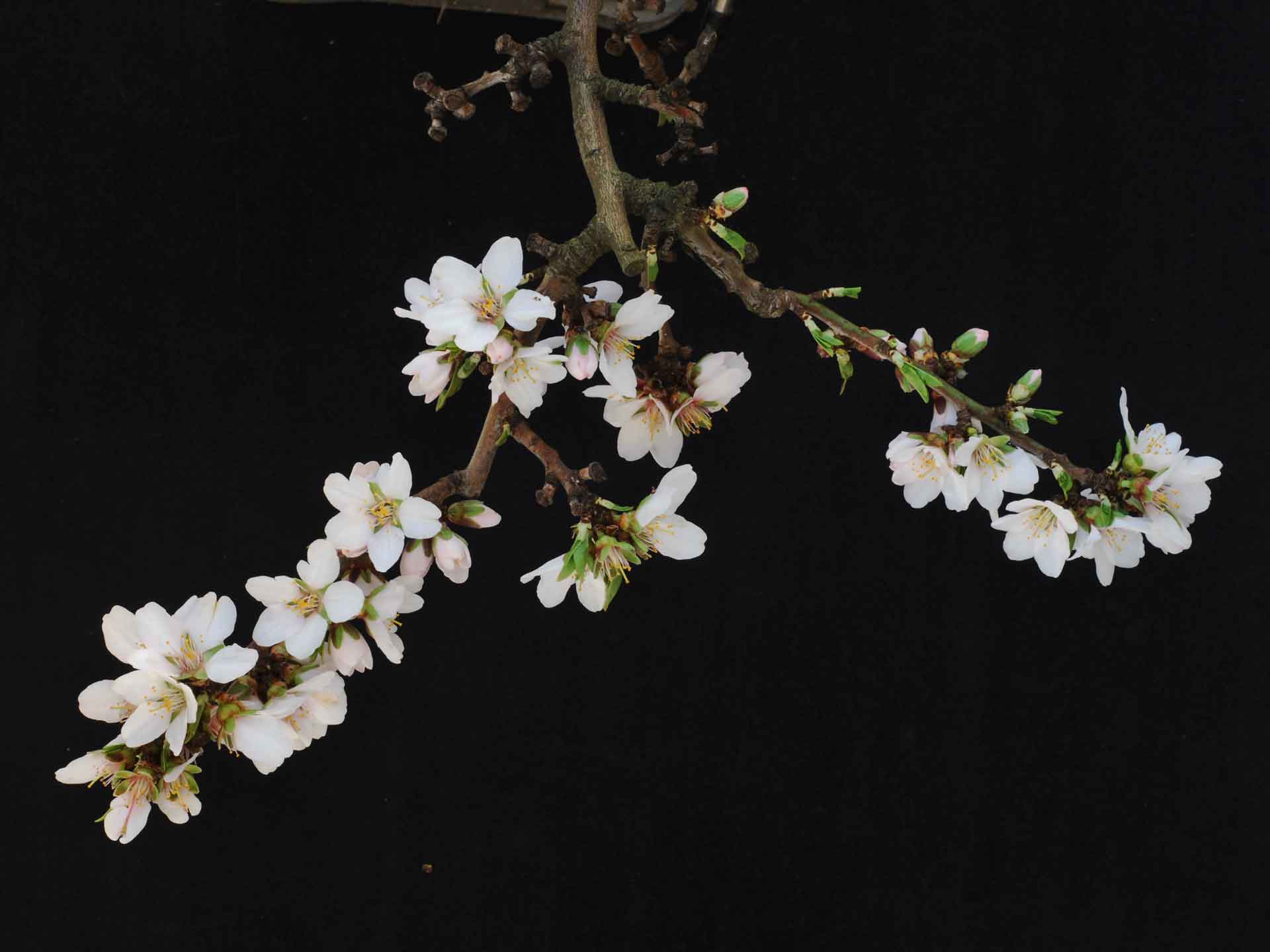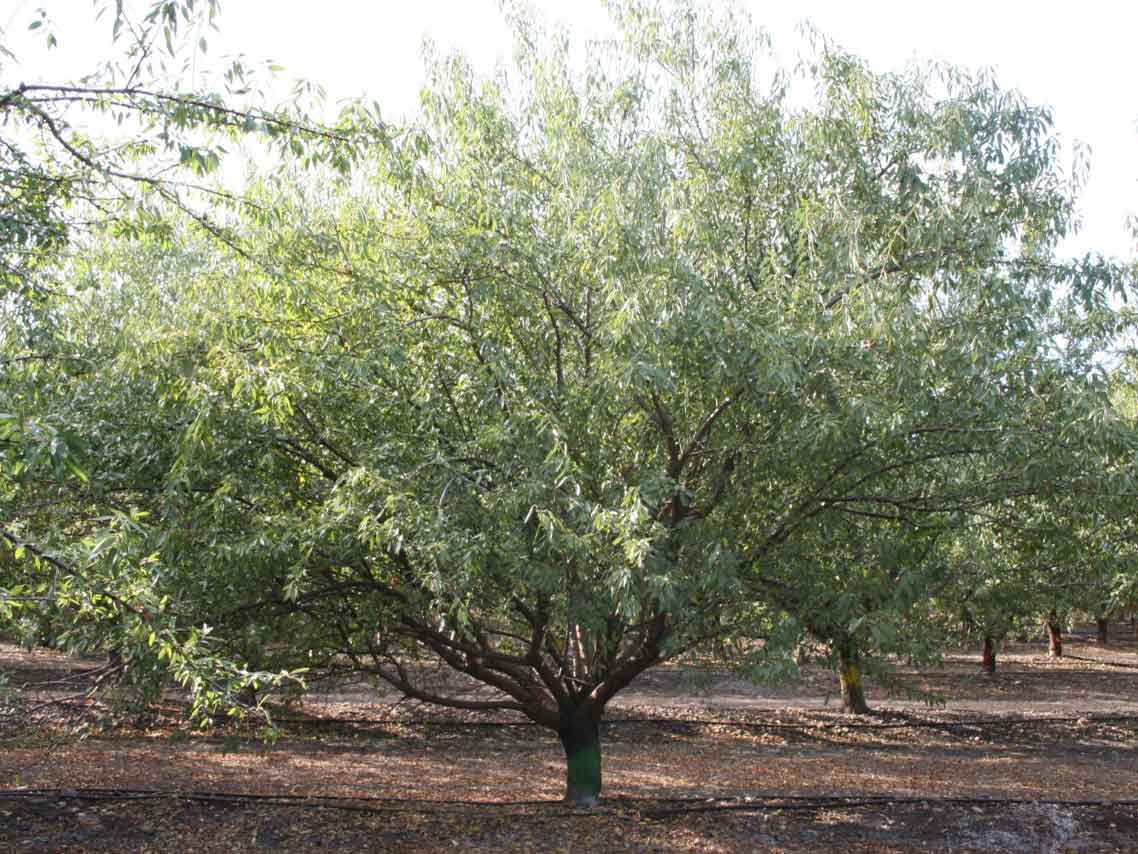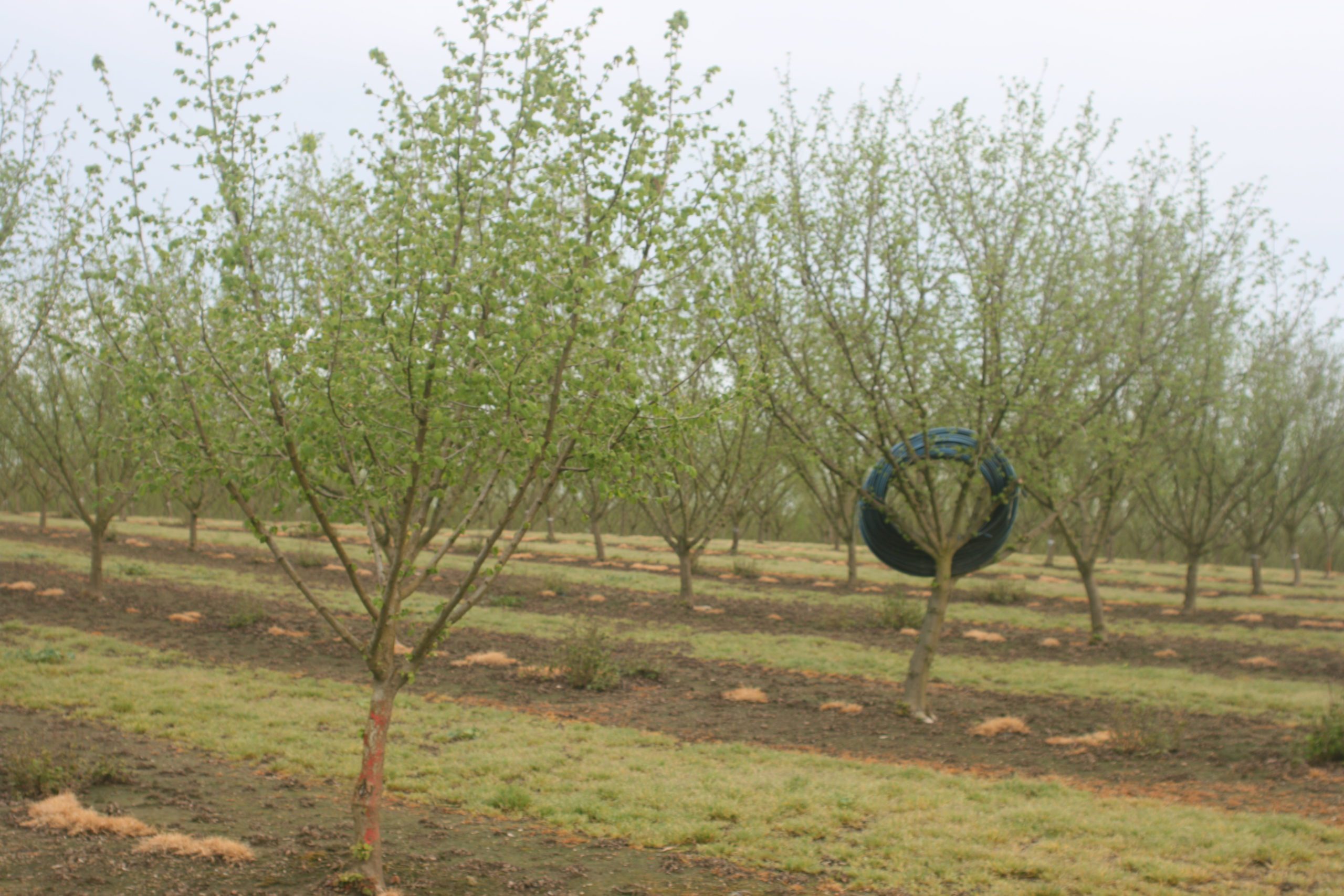Deciding whether or not a replant is feasible in a walnut orchard should be the first consideration when replacing a tree. UCCE Orchards Advisor Luke Milliron said success with replants depends on the individual situation. Replacing a tree that died due to mechanical damage in a young orchard is fairly simple. Attempting replants in a mature orchard may be difficult. If the mature orchard is already capturing over 75 percent of the light, the chance of successful replants declines. Similarly, if most trees in an older orchard are already in some stage of decline, the chance of economically feasible replants diminishes.
A UC Davis tree and vine loss calculator may help in determining the economic feasibility of replanting individual trees, Milliron said.
Some of the considerations in replanting walnuts are fumigation prior to planting, rootstock choices, irrigation and fertilization.
Removal of dead trees, including as many roots as possible, from the replant site is the first step. Determining the cause of the tree loss can be important. Extensive root removal is always a best practice, and is essential if disease is the cause of tree loss. Digging out a square with 8- to 10-foot sides where the tree is to be planted is advised before preparing the soil. Subsequent disease risk may be reduced by letting the cultivated planting hole dry out throughout the summer. Fumigation efficacy is helped by drying out the soil and getting a good seal after application. Contact the county agricultural commissioner office for an update on current restrictions and regulations before applying a fumigant.
When planting new trees, the berm should be rebuilt and the tree planted high to avoid water pooling around the crown of the tree. Trees planted on a berm have a better chance of survival.
Fumigation methods will be site specific, Milliron said. Telone has activity against nematodes, while Chloropicrin has activity against several soil-borne diseases. Work with a fumigation company to determine the best choice. Fumigation decisions can also depend on orchard history and availability of product.
Rootstock choices for replant trees can also improve chances of success. In most cases, knowing what killed the previous tree will guide the decision. Phytopthora killed trees indicate the moderate to highly resistant clonal rootstock RX1, while nematode pressure would indicate the VX211 rootstock. VX211 has shown to have some tolerance to nematodes. For crown gall, the low to moderate resistance of RX1 may be the best choice at this time. In terms of vigor, RX1 is considered moderately vigorous, Vlach vigorous, and VX211 highly vigorous, although comparative vigor has differed between sites.
Once trees are in the ground, optimum irrigation and fertilization are necessary. In flood irrigated orchards, replants will be overwatered and can become dry due to longer irrigation intervals. Drip or microsprinkler systems can be modified at replant sites to deliver smaller amounts of water more frequently, but it can be difficult to achieve consistency. Reconfigure drip and microsprinkler systems for replants as they grow and have increased water demands.
The new trees will also need a different fertilization strategy than the established trees. They can be spot treated by hand, Milliron said.
Chances of survival and eventually production will depend on the time and effort expended to meet the needs of replant trees. Of course, it is best Milliron noted, to not get in the situation of replanting in the first place.

Cecilia Parsons
Cecilia Parsons has lived in the Central Valley community of Ducor since 1976, covering agriculture for numerous agricultural publications over the years. She has found and nurtured many wonderful and helpful contacts in the ag community, including the UCCE advisors, allowing for news coverage that focuses on the basics of food production.
She is always on the search for new ag topics that can help growers and processors in the San Joaquin Valley improve their bottom line.
In her free time, Cecilia rides her horse, Holly in ranch versatility shows and raises registered Shetland sheep which she exhibits at county and state fairs during the summer.







